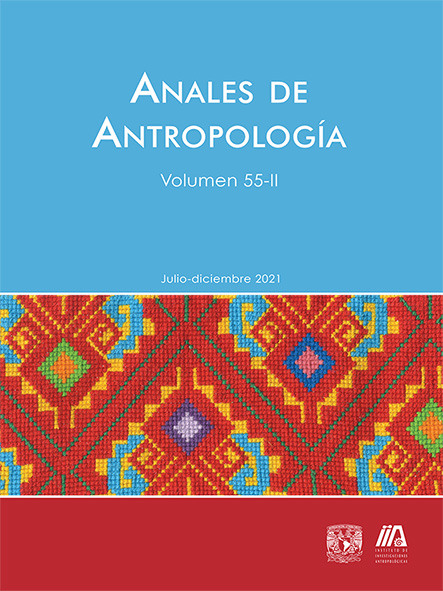Locative system in three Otomanguean languages
Main Article Content
Abstract
This article describes the locative system in Amuzgo, Mazahua, and Mazateco. It should be noted that this system, divided into verbal and non-verbal, allows characterizing the location marking in these languages as mixed, since, on the one hand, it starts from the semantics of verbs of a locative nature and, on the other, shows divergence between units such as adverbs, locative demonstratives, and relational nouns. The system of locative adpositions is highlighted since it is the space of the grammar in which the three analyzed languages agree. The main contribution of the work consists in presenting this mixed system and discussing the existence of a different type of adpositions (specificative) to the two already identified (predicative and non-predicative). The proposal aims to illustrate a survey of the variety of locative markings existing within the Otomanguean family. The information comes from a relatively large sample of genres (narratives, life stories, dialogues) taken, in each case, in the field.
Downloads
Article Details
Esta revista usa una licencia CC del tipo CC BY-NC-ND 3.0. Se maneja bajo el esquema de acceso abierto, con una licencia Creative Commons Attribution-NonCommercial-NoDerivs 3.0 Unported.
